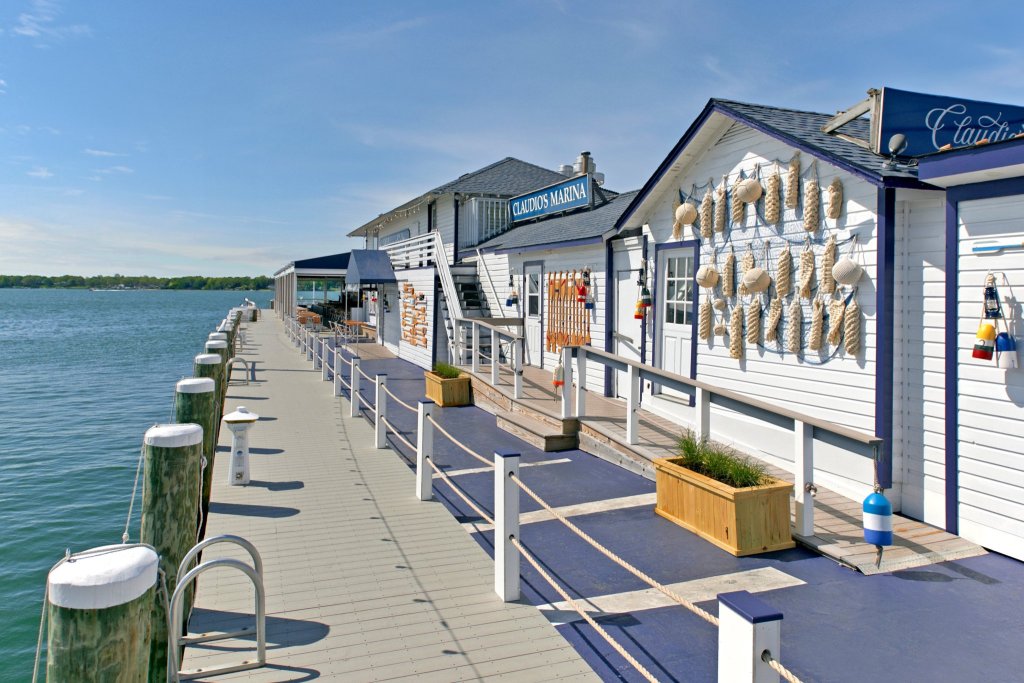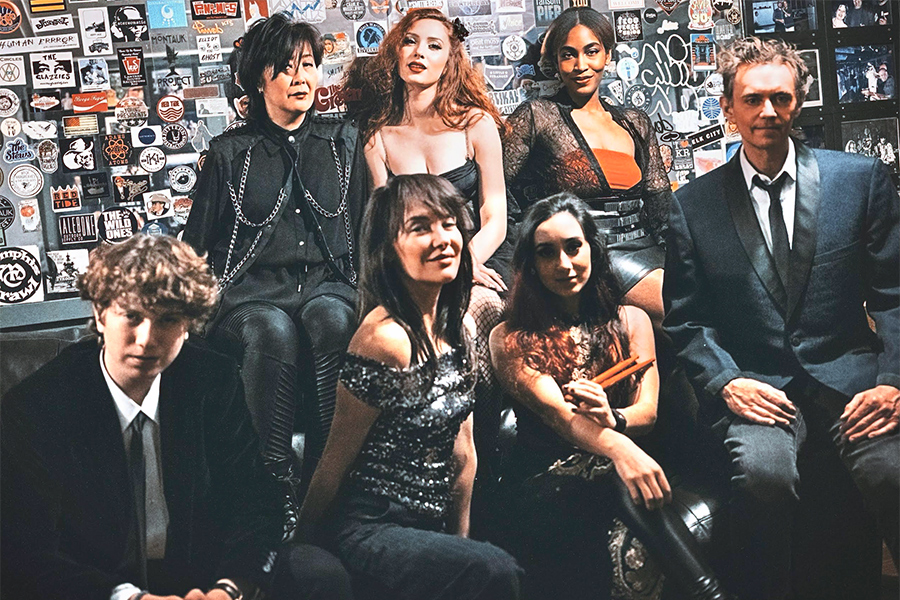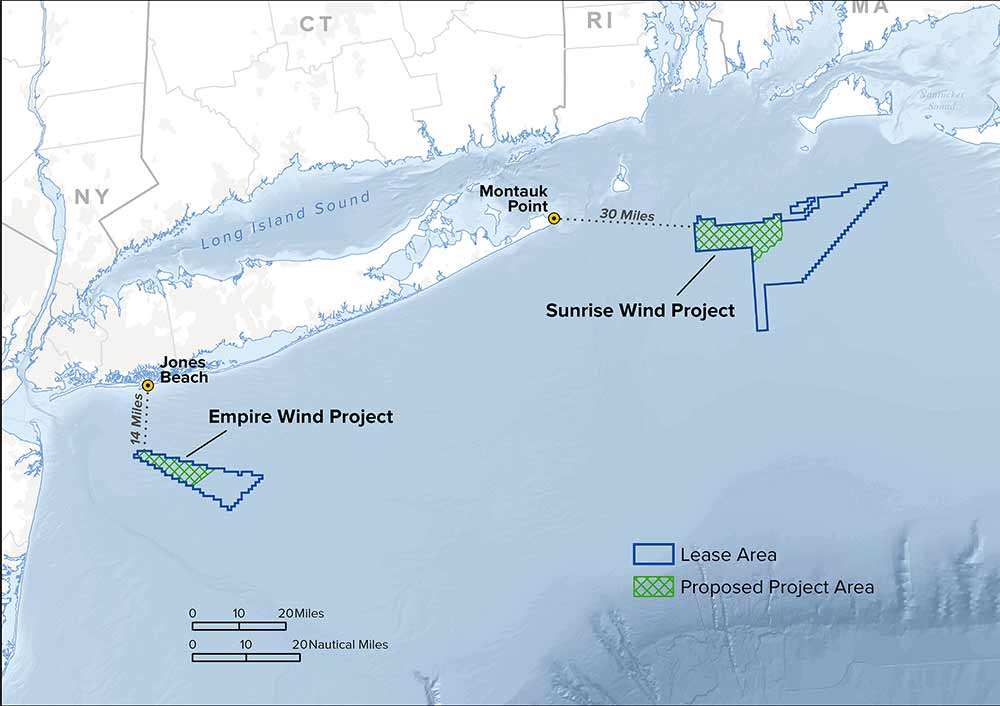Meet Your Winemaker: Gilles Martin
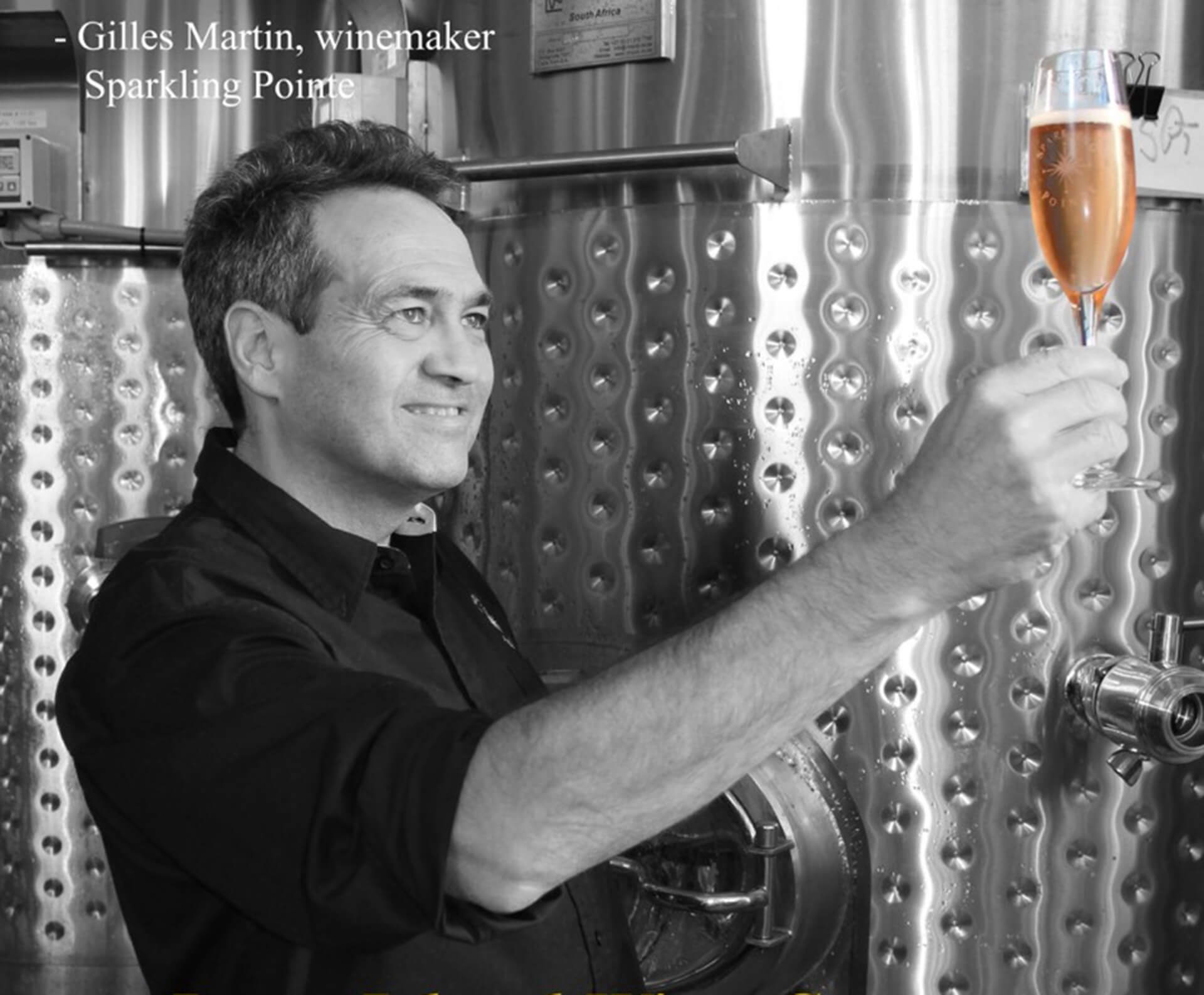
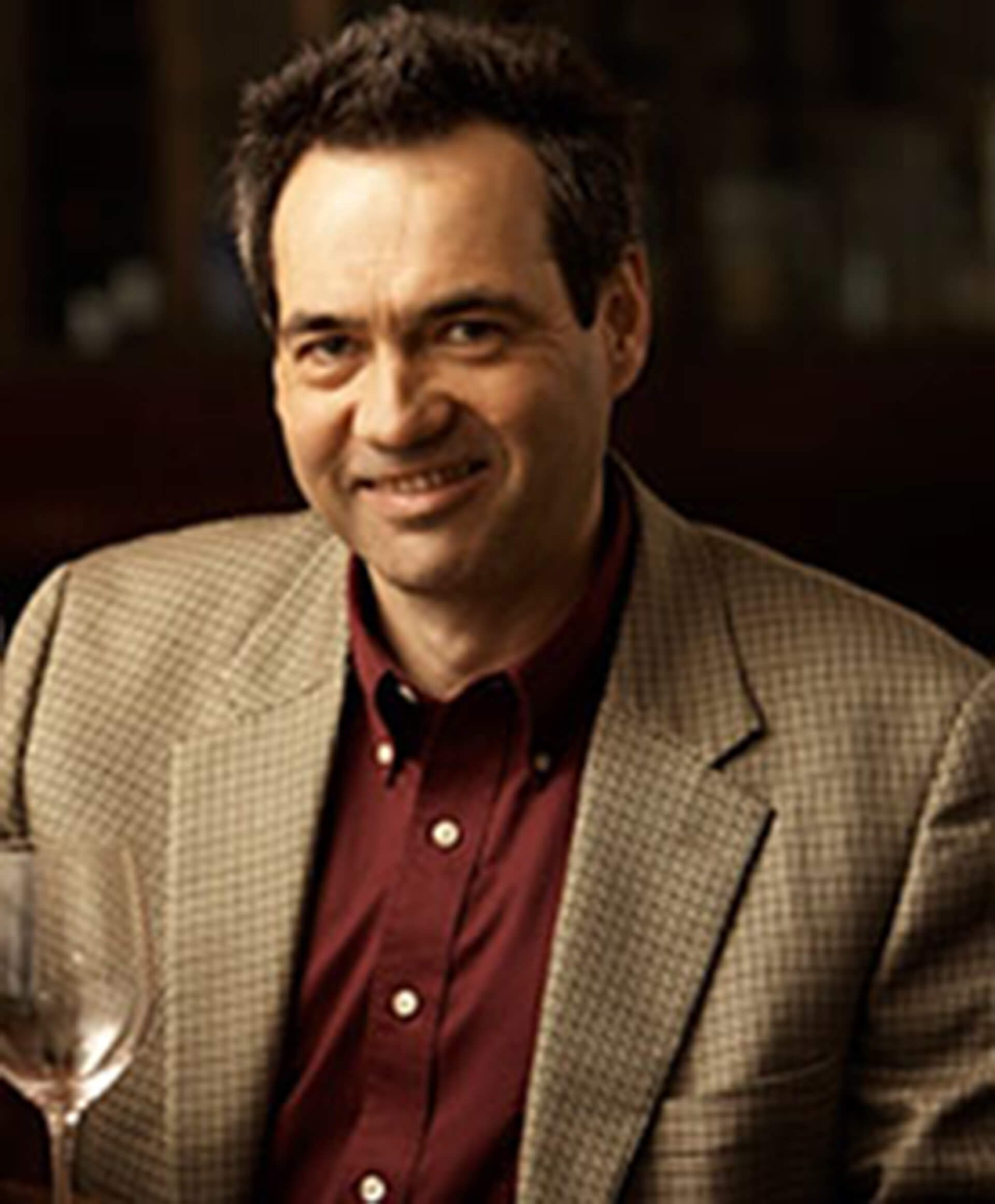
Sparkling Pointe winery in Southold exclusively produces Méthode Champenoise Sparkling Wines, spearheaded by Winemaker Gilles Martin. In addition to more than three decades of experience in the wine world, French native Martin holds a degree in biology and food sciences, along with a Masters of Oenology from the University of Montpellier. Martin utilizes this knowledge to create sparkling wines with creativity, passion, and precision.
How did growing up near the famed wine region of Champagne mold you?
I grew up at the gate of the Champagne, in a region called “la Brie.” And after the phylloxera (plant louse) infestation of the 19th Century, the small vineyards of the poor sloppy soils disappeared and the orchards replaced them. My grandparents planted apple, pear, cherry, and plum trees. It is among those fruits that I grew up learning the making of cider and the distillation of plum, pear, cherry, and apple brandy.
This is where I discovered the different savors and flavors of all the fruits grown around the small farm, and the fragrance of the flowers from the garden. In season come strawberries, red currants, raspberries, peaches, etc. It was my first school of tasting, sniffing, and smelling!
What wine region has taught you the most?
Each wine region where I had the privilege to work, taught me something new and different about grapes, wine, people, and culture.
But it is certainly with the Champenois cellar masters, who are making the most technological wine of all, that I learned the most about challenges and successes.
How did you come to work at Sparkling Pointe?
I was preaching to “the Long Island wine choir” about the uniqueness of sparkling wine, when vineyard manager Steve Mudd introduced me to Cynthia and Tom Rosicki, the owners of Sparkling Pointe. Their vision was in perfect harmony with my preaching. I started this new venture with them, with a lot of excitement, in 2003 and became full time in 2007.
How do you combine old world tradition with new world innovation?
My French education, training, and experience in the wine world have given me the corner stone of my winemaking savoir faire. As a winemaker transposed in the new world, I am not subject to traditional boundaries like in Europe.
Using the quality vinifera grape (European varieties) in the particular terroir of Long Island, and today’s new winemaking technique, I create wines, following my Gallic inspiration and my winemaking philosophy, as enjoyable but also as outstanding as the wines from my native terroir.
What is something that, despite your schooling, you had to learn hands-on?
Organoleptic evaluation and the knowledge of rating wine through tasting. Tasting wine to appreciate its ability to compose a blend is certainly something that you don’t learn on the school bench. It will take countless hours of tasting with professionals to understand the wines of an appellation or a terroir.
It is there, in the company of the winemaker and vintners, in the cellar or in the tasting laboratory, that you can discover, appreciate, and understand the value of a specific wine variety, which come from the surrounding vineyards.
What is a common misconception about your job as a winemaker?
Winemaking, like farming, is thought to be ancestral and traditional practices. In fact, Oenology is the science of the wine (from the Greek Onos, the wine and logos, the science), and requires a serious education in biology, biochemistry, chemistry, and mechanical engineering. Like science, it is under constant evolution, influenced by research and new technological development.
Describe your typical winemaking process, From harvest to glass.
Harvest starts around the first days of September, for about two weeks. The first fermentation of the base wine lasts four to six weeks and, by October, the wines are settled with fining and clarified by filtration. The blends start in the lab, with extensive tasting to create all the different tiers of products.
By January, the blends are made in the cellar, then heat and cold stabilized to be bottled in April and May. The second fermentation in the bottle takes on average four weeks and, depending on the program, the wines age from 16 months to eight years on the yeast. Then, the bottles are riddled to get rid of the sediments and disgorged to give the liquor its dosage.
The bottles are then corked and receive a wire hood to hold the cork in place, keeping the effervescence of the wine. Labeled, the bottles are then boxed and stored in the warehouse. As an example, our Brut will take three years from harvest to your glass, while our tete de cuvee takes almost 10 years before being released.
How do you celebrate the release of a new wine or the conclusion of a season?
The owners love Brazil and Rio, so the tasting room is decorated with a theme of Brazilian artwork and painting. What is better to celebrate life than samba and sparkling wines! So, every year, Sparkling Pointe has its own Carnaval in July, with real Samba Queens and percussionists — certainly the best time to release our new vintage of “Cuvee Carnaval.”
Do you have a life motto or phrase that you live by?
Nothing is out of reach, when you put your will to it.
Martin recommends the Sparkling Pointe Brut rosé Topaz Imperial with caviar, oysters, or shellfish. Or try the Cuvee Carnaval rosé during a BBQ, with pastries or cupcakes.
Sparkling Pointe is located at 39750 County Road 48 in Southold. Call 631-765-0200 or visit online at sparklingpointe.com.
@NikkiOnTheDaily
nicole@indyeastend.com

